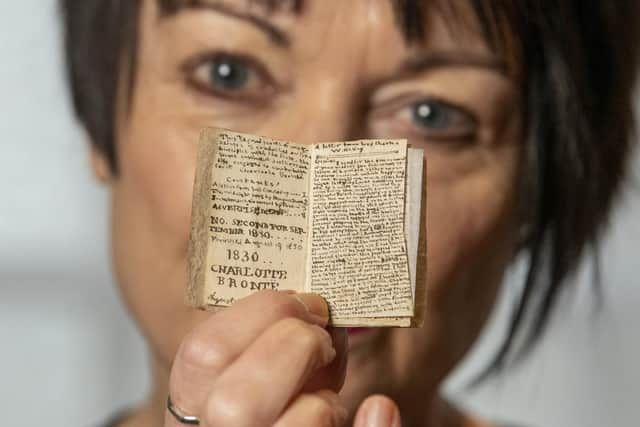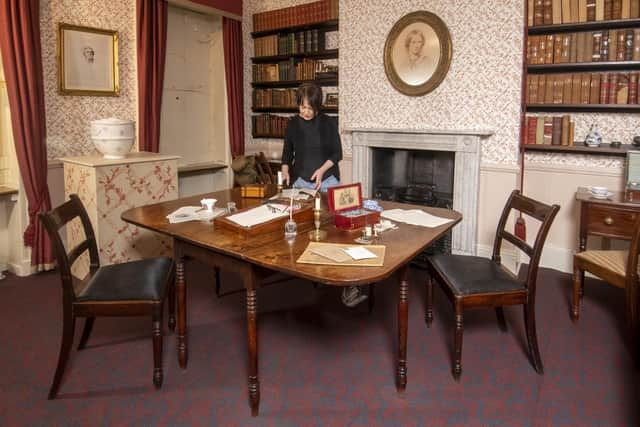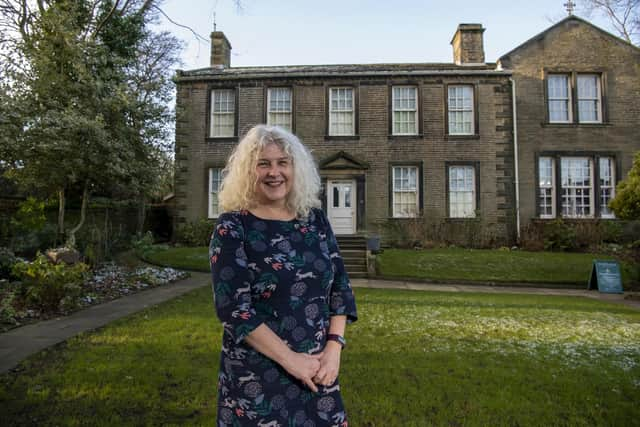Brontë detectives on the hunt to unearth undiscovered literary gems from the world-famous Yorkshire family
But the chance to find a hidden gem from the Brontë archives is still a motivation for those who know the prolific output of the world-famous Yorkshire family the best.
Staff at the Brontë Parsonage Museum in Haworth have developed an informal network of “literary detectives” to provide them with tip-offs about what might be the latest undiscovered artefact linked to the family.
Advertisement
Hide AdAdvertisement
Hide AdFrom auctioneers to academics and individuals, the opportunity to glean information from across the Continents has already proved invaluable, according to Rebecca Yorke, the Parsonage’s interim director.


She said: “There will be items in private collections that we simply do not know about, and to have information coming into us is so important.
“We do get people contacting us to establish the provenance of an item, and to see whether it is definitely linked to the Brontës.
“If we can help establish that, then we may well find that piece is donated to us or bequeathed to us, which is often how we come to receive some of our most important items.”
Advertisement
Hide AdAdvertisement
Hide AdOne of the most cherished acquisitions came last month, when a vast library of works by renowned authors including the Brontë sisters, Jane Austen and Robert Burns was saved from sale abroad by a national charity.


Members of Friends of the National Libraries raised more than £15m to acquire the Honresfield Library and vowed to keep it in the public domain.
The library was curated towards the end of the 19th century by Rochdale mill owner William Law, who gathered manuscripts and printed books penned by literary giants from both England and Scotland.
The Brontë works will be housed at the Parsonage Museum, where the sisters lived in Haworth, as well as the British Library and the Brotherton Library at the University of Leeds.
Advertisement
Hide AdAdvertisement
Hide AdThe collection includes Emily Brontë’s holograph notebook of 31 poems, believed by many scholars to have been lost and containing annotations by her sister, Charlotte.


The library also includes the final little book to complete the second series of the Young Men’s Magazine. This little book, written by Charlotte Brontë in 1830, will join the other five issues at the Parsonage.
Ms Yorke said: “This was perhaps the Holy Grail for us. We got a message from Sotheby’s in April this year, telling us it would be worth our while to call back.
“When we found out that the library had been saved for the nation, it was a moment of pure joy.”
Advertisement
Hide AdAdvertisement
Hide AdOther artefacts from the Brontës which have been located include a dining table which is one of the most treasured items in the Parsonage’s collection.
The table was auctioned after the death of Patrick Brontë in 1861. The piece of furniture, which witnessed the creation of Wuthering Heights and Jane Eyre, was tracked down to the
South of England and purchased through a grant of £580,000 from the National Heritage Memorial Fund in 2014.
The Parsonage is normally closed in January each year, but will open this month at weekends after repeated closures during the Covid-19 lockdowns.
Advertisement
Hide AdAdvertisement
Hide AdMeanwhile, the decision to turn to the internet to stage virtual events for Brontë fans has helped the Parsonage Museum engage with an even wider audience.
The impact of Covid-19 and the subsequent restrictions have meant the museum’s staff have held a series of events online.
The virtual sessions have attracted an audience from across the world, including America, Australia and Europe.
Ms Yorke said: “The online events have meant that people who have never had the chance to come to the Parsonage are able to get that little bit more of an insight into the lives and works of the Brontës.”